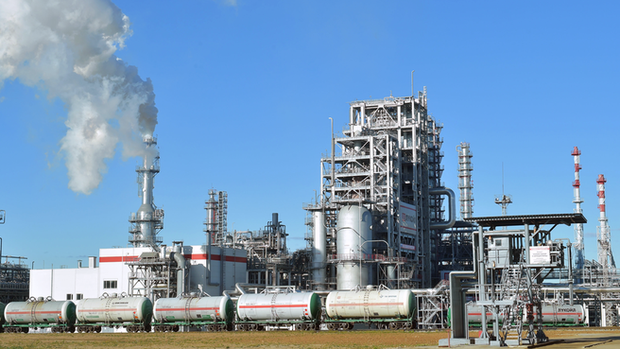Russian oil producers eager to restore their output
However, experts believe that a recovery will take time
The OPEC-non-OPEC meeting in Vienna this week can result in lifting the existing production cuts. Russia's top oil producers have already announced their readiness to boost the output, but industry experts consider that it would take about half a year to return to pre-agreement output levels.
Russia wants a new deal with OPEC to boost production, but leading experts are questioning the country's ability to deliver more than 100,000 bpd of additional crude immediately to the market, according to S&P Global Platts. Production increases could prove to be slower and more complicated to deliver because of the high decline rates of Russian oil fields, which would need to be offset, says the agency.
Under the existing agreement, the world's top oil producing nations are constraining their total output by 1,8 million bpd. Now Russia and Saudi Arabia are pushing for a potential phased increase of 1,5 million bpd in response to concerns expressed by major consumer nations. This would effectively mean an end of the current pact. Later this week, Minister of Energy of Russia Aleksandr Novak will meet other deal participants in Vienna to discuss the further strategy.
Russian producers, whose output was decreased to meet the conditions of the deal, have already run tests to estimate how quickly they could restore the production. Rosneft and Gazprom Neft stated that they could bring the output to pre-agreement levels within two months, while Lukoil can quickly restore about half of its capped output. Three-day tests recently conducted by Rosneft revealed a production increase of 57,000 bpd on day one, 70,000 bpd on day two and an expected 80,000-85,000 bpd on day three.

Meanwhile, industry experts warn that the output increase will take time. According to Christian Boermel, senior analyst for Russia upstream at Wood Mackenzie consultancy, a return to pre-agreement output levels will take a similar amount of time as the cut. ''To implement the OPEC+ cut, Russian producers reduced the amount of new wells drilled and delayed some greenfields, for example, Trebs and Titov,'' said the expert. He added that it took Russia six months to cut 300,000 bpd, so a similar timeframe was required to ramp up production again. ''We got a range of 100,000-300,000 bpd as their potential upside but I think it will take time to bring on the upper level,'' agrees Chris Midgley, head of S&P Global Platts Analytics.
The International Energy Agency expects that Russian crude production can rise by 160,000 bpd next year in case of the abolition of the cuts. ''What is clear is that Russian producers stand ready to boost output if free to do so,'' said the agency.